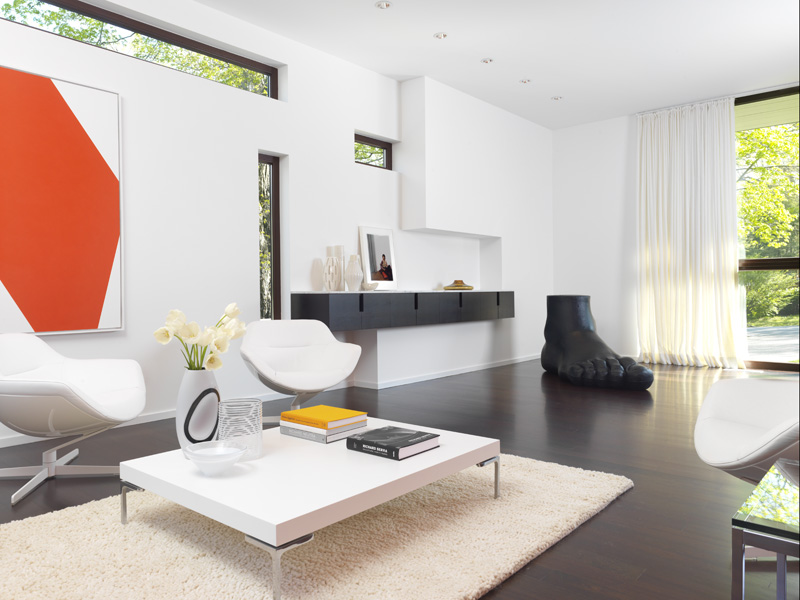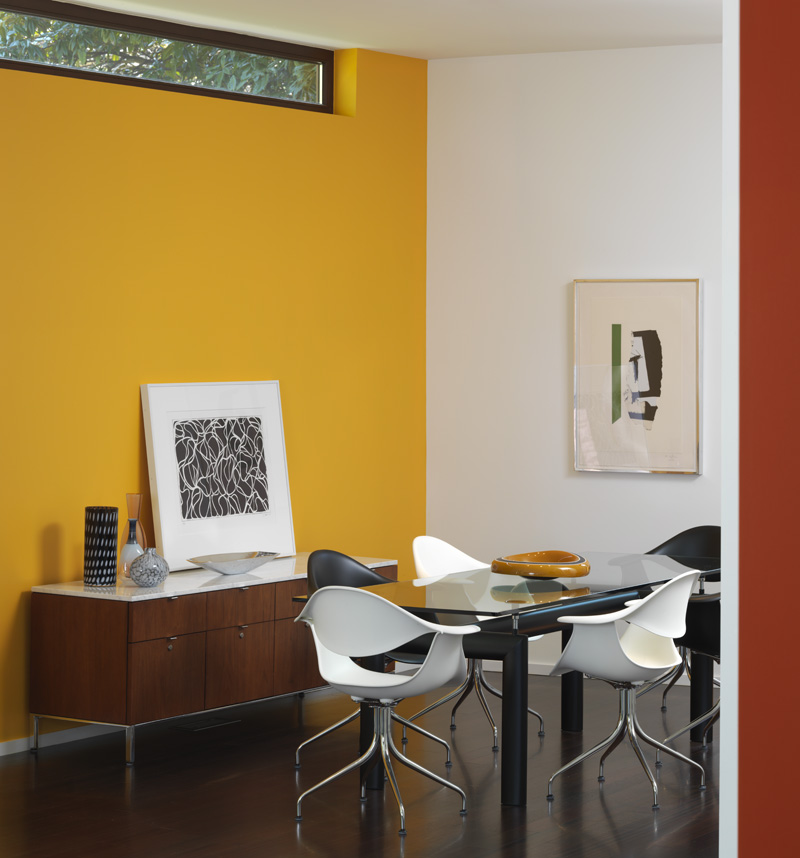
As a kid, Halloween was always about the candy. Putting on face paint and dawning some scary costume, trick-or-treating my way through the neighborhoods, was a small price to pay for my favorite type of candy: free candy. In the disastrous wake of the 2012 Super Storm Sandy, governor Chris Christie has, for good reason, cancelled Halloween for the kids of New Jersey. At least he’s rescheduled it to next week November 5th. Rewinding to my childhood brain, this would certainly have driven me, and my parents, nuts. Disaster and Halloween bring light to today’s image: The Candy Bomber of Berlin. The Douglas C47 airplane mounted on top of the German Museum of Technology aka “The Candy Bomber” is in remembrance of the late 1940’s airlift. Here is the happy story.
After the second world war Berlin was divided with the east being controlled by the Soviet Union, and the west controlled by the Allied Forces of England, France, and the United States. In June of 1948, the Soviets blocked all access for supplies (gas, food, etc) to the residents of West Berlin with the intent that supplies be routed through, and controlled by them–effectively giving them control of the whole city. The allies, of course, wouldn’t stand for this and coordinated a massive airlift of supplies to West Berlin at the Templehof Airport.
One day a curious pilot, Gail Halverson, took note of an observant group of Germans at the end of the runway. He delighted chatting with them and gave away two pieces of Wrigley’s Spearmint gum telling them he’d bring more if they’d share. Later, Gail fashioned several handkerchiefs into mini-parachutes, attached these to candy, and dropped them to the children below. They could identify his plane by his trademark wiggling of the wings. The un-official-at-first operation was finally recognized by top brass and thus began the Candy Bombers. All tolled, 25 C47 aircraft dropped 23 tons of candy to the kids below making it a small, but wonderful fraction of the successful airlift. (source: http://en.wikipedia.org/wiki/Gail_Halvorsen).
Here is a link to a fun video: http://www.youtube.com/watch?v=2d7eOF8-4gw
I can imagine lots of kids saw a view straight up of a C47 in 1948-1949. Maybe Governor Christie should have dropped some candy from the helicopter as he surveyed the storm damage from Hurricane Sandy. Candy seems to always makes things better for a kid.
On a side note: My preferred method of exploring cities for the Straight Up series is by foot. Half the fun is getting lost and discovering different neighborhoods along the way. To get this image, I walked from the Zoologischer Garten Bahnhof along the Kurfürstendamm Strasse and eventually along another road named the Kurfürstenstrasse. It’s quite a long walk and inadvertently enough, this second street, near the end, is where you can actually find girls–probably named Candy–who offer all sorts of services and tricks. It was almost scary, but actually funny and oddly ironic….the last time I was approached by a nearly sexy but very scantily clad girl in high heels was, oh yeah…last Halloween.
Happy Halloween.







